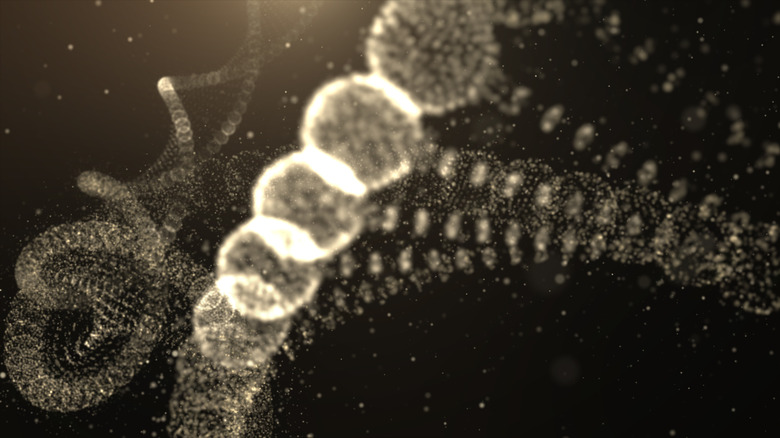The Function Of Macromolecules
As the term suggests, macromolecules are particularly large molecules that contain a lot of atoms. Macromolecules sometimes consist of long chains of repetitive units of atoms and are known as polymers, but not all macromolecules are polymers. These large molecules play a number of vital roles in living organisms.
Carbohydrates
Carbohydrates
Carbohydrates are made up of monosaccharides (sugars), and their polymers. The monosaccharides bond together to form polysaccharides, which are the polymers of carbohydrates. The most common monosaccharide is glucose, which is one of the most valuable sugars for all animals and plants. The function of carbohydrates is to act as an energy source for storage and structure for all living things. For plants, starch is the chief energy source and cellulose is what provides structure and support. For animals, glycogen supplies energy and chitin provides the structure and support.
Lipids
Lipids
Lipids come in three forms — fats, steroids and phospholipids. The main function of these lipids is energy and insulation. Fats come in either saturated or unsaturated forms, and are insoluble and therefore, buoyant. Saturated fats are found in animals and are solids at room temperature; unsaturated fats are found in plants and are liquids or oils at room temperature. Lipids, in the form of phospholipids, are also important elements in membranes.
Proteins
Proteins
Proteins are very important macromolecules; they have many levels of structure and a number of functions. Every cell in the human body contains proteins and most bodily fluids contain proteins as well. Proteins make up a large part of human skin, organs, muscles and glands. Proteins assist the body in repairing cells and making new ones, and are an important dietary and energy requirement, especially for growing adolescents and expectant mothers.
Nucleic Acids
Nucleic Acids
Nucleic acids include the all-important DNA and RNA. DNA is the blueprint for genetic development for all life-forms; it holds the necessary information required for protein synthesis. RNA is the carrier of this information to the actual site of protein production. The body is made up of hundreds of thousands of proteins and each has to act in a specific way to function properly. Nucleic acids contain the information necessary for these proteins to develop and act the way they are supposed to.
References
Cite This Article
MLA
London, John. "The Function Of Macromolecules" sciencing.com, https://www.sciencing.com/function-macromolecules-8694541/. 26 April 2018.
APA
London, John. (2018, April 26). The Function Of Macromolecules. sciencing.com. Retrieved from https://www.sciencing.com/function-macromolecules-8694541/
Chicago
London, John. The Function Of Macromolecules last modified March 24, 2022. https://www.sciencing.com/function-macromolecules-8694541/
